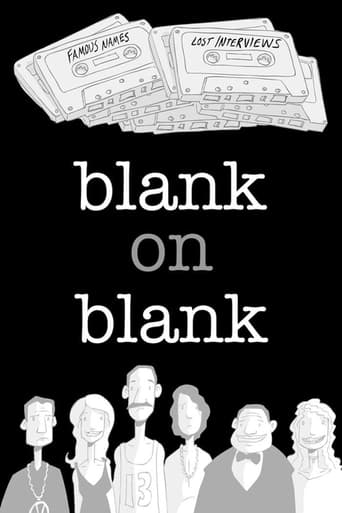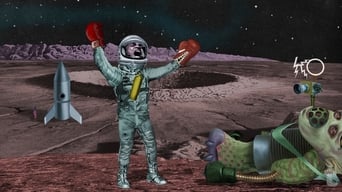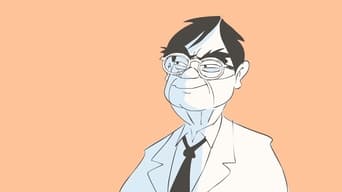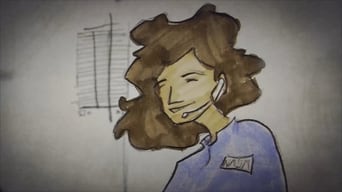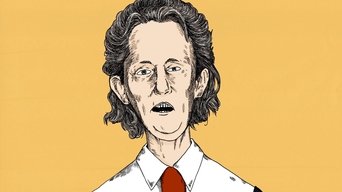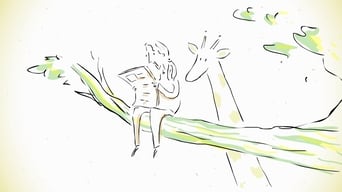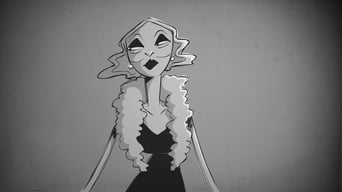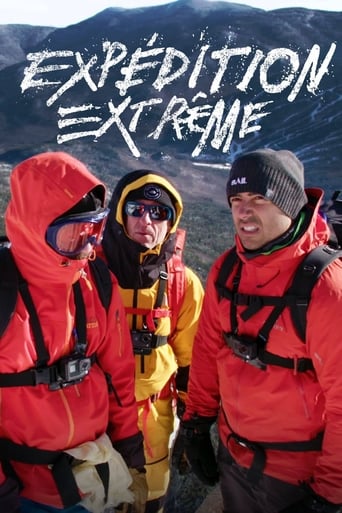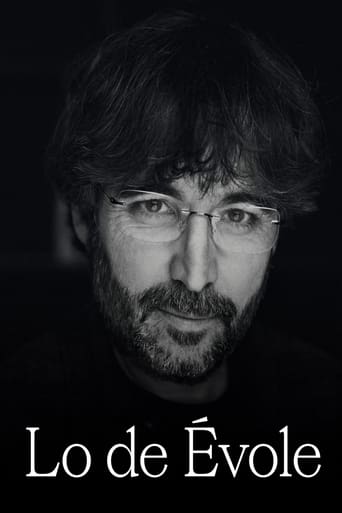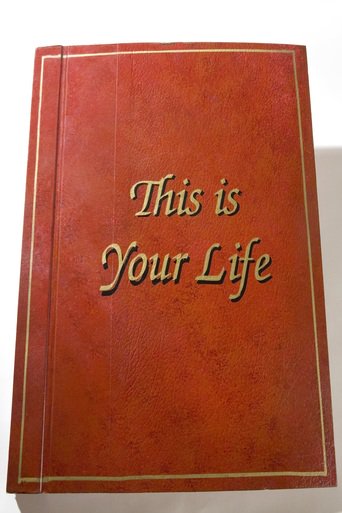Blank on Blank (2012)
Blank on Blank
2012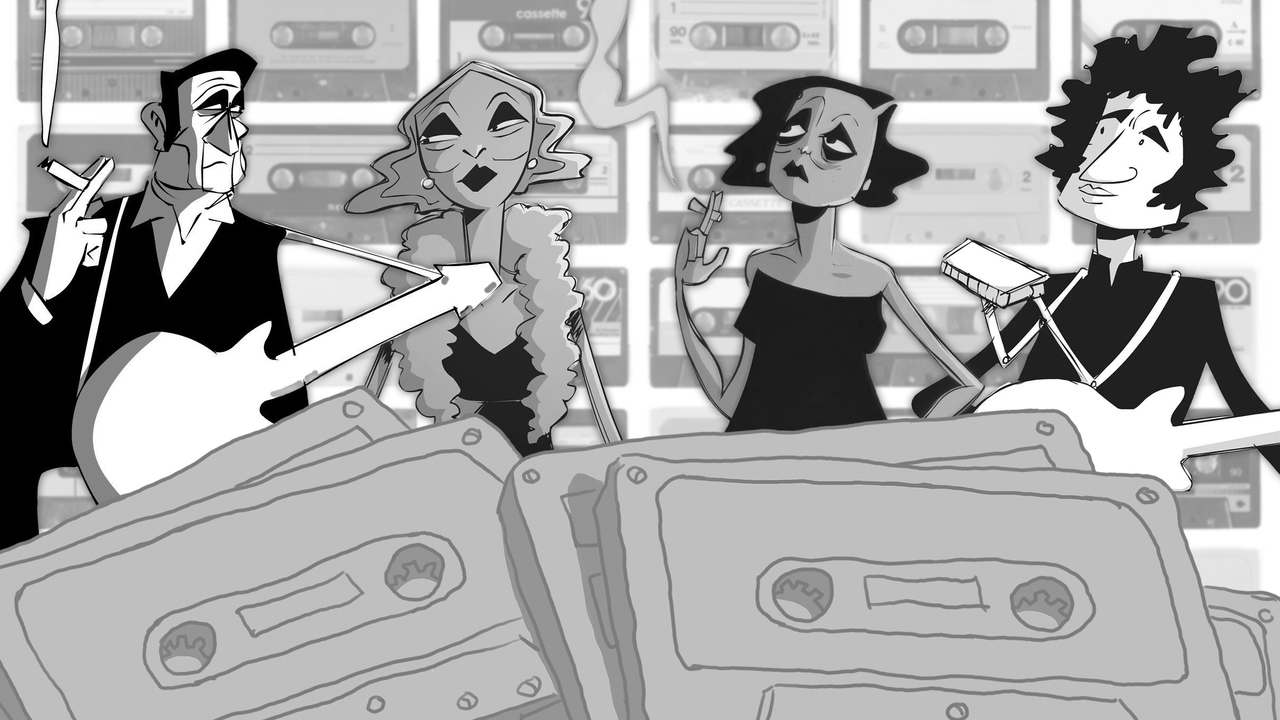
Vintage interview tapes. New animations. The mission is simple: curate and transform journalists' unheard interviews with American icons. The future of journalism is remixing the past.
Seasons & Episode
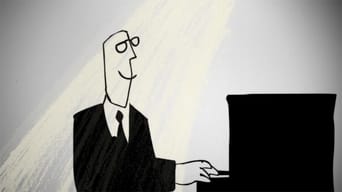
"If I told you all the stories about what happened to people if they were caught listening to jazz." - Dave Brubeck in 2008 Interviewer: John Dankosky WNPR Music: Dave Brubeck Quartet live at the 2008 Litchfield Jazz Festival

"I'm playing these records. The phone rings and I pick it up: 'WAHR'. And this lady's voice--I can still hear her voice--she goes: 'I want you.'" - Larry King Interview by Cal Fussman Esquire writer-at-large Los Angeles, 2001
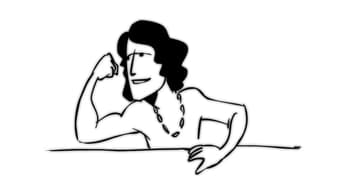
"What's wrong with being fat? That's what I want to know." - Jim Morrison Interview by Howard Smith TheSmithTapes.com / Villagevoice.com Los Angeles, 1969
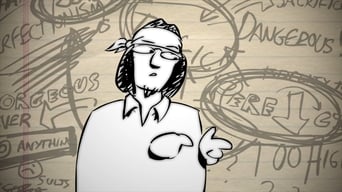
"If your fidelity to perfectionism is too high, you never do anything." - David Foster Wallace Interview by Leonard Lopate, WNYC March 4, 1996 Interview originally aired on the Leonard Lopate Show
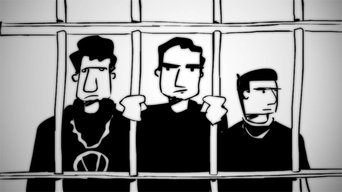
"There's a way we talk and it includes profanity. We never figured we'd be arrested for it." - Mike "Mike D" Diamond Interview by Rocci Fisch for ABC News Radio 1985, Washington, D.C. Cassette Tape

"I think a lot of ladies found me so attractive because I was different." - Wilt Chamberlain Original interview aired in 1992 on "Sports Innerview with Ann Liguori"
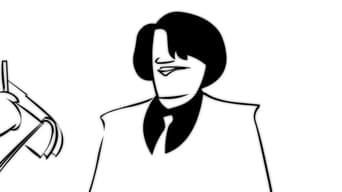
"Black is not a color; it's an attitude. It's the attitude of independence, respect and dignity." - James Brown Interview by Rocci Fisch 1984. Washington, D.C. Convention Center Originally recorded for ABC News Radio
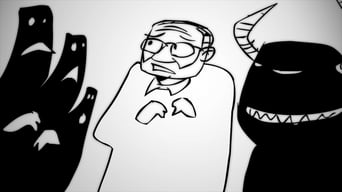
"I still think the same way I thought as a child. I still worry. I'm still frightened... Nothing changes." - Maurice Sendak Interview by Andrew Romano and Ramin Seetodeh 2009. Sendak's home in Connecticut
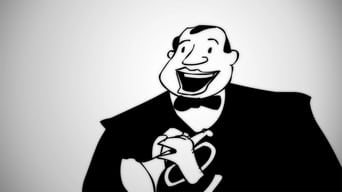
"You've got to be good or as bad as the devil. ... Even if we had two, three days off I still had to blow that horn a few hours to keep up the chops." - Louis Armstrong Interview by Michael Aisner and James R. Stein 1964. Ravinia near Chicago Originally aired on WNTH - Winnetka, Illinois

"I've got on these stiletto heels aimed for his face." - Farrah Fawcett Interview by Lawrence Grobel 1994, Hollywood
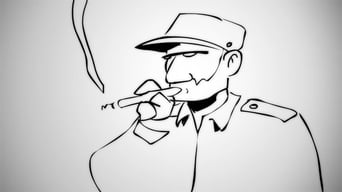
"If this Revolution falls, what we will have here in Cuba is a hell. Hell itself." - Fidel Castro Clark Hewitt Galloway interviewed Fidel Castro in Havana in 1959 in the midst of the Cuban revolution. His story ran in U.S. News & World Report. Galloway’s granddaughter, Laura Galloway, held on to her grandfather’s interview tape.

"In my insides, it really hurts if someone doesn't like me. It's silly." - Janis Joplin Howard Smith interviewed Janis Joplin by phone on September 30, 1970. This turned out to be the last interview Janis ever did. She died on October 4, 1970. Howard was writing for the Village Voice.
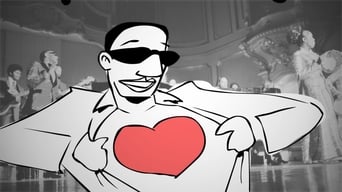
"If somebody don't like something that I do, that's his or her prerogative. Just like it's mine." - Ray Charles. Joe Smith interviewed Ray Charles on June 3, 1987 during the writing of Off the Record–his oral history of rock and roll.

"I even thought that I was gay. I thought that might be the solution to my problem." - Kurt Cobain Interview by Jon Savage July 22, 1993. Cassette Tape

"When we fell in with the Acid Tests we a started having the most fun we had ever had." - Jerry Garcia Interview by Joe Smith May 23, 1988 Cassette Tape
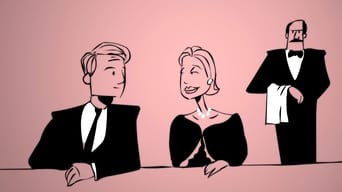
"He turned to me suddenly and asked: 'Is that a Givenchy you're wearing?' And I said, 'why how clever of you, Mr. President. However did you know?'" - Grace Kelly Interview by Paul Gallico / JFK Archives June 19, 1965 Palace of the Principality, Monaco Reel-to-reel
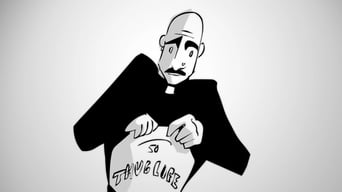
"If I was white I would have been like John Wayne... I feel like a tragic hero in a Shakespeare play" - Tupac Shakur Interview by Benjamin Svetkey March 1994 Microcassette recorder Related profile appeared in Entertainment Weekly

"There is the fear that you somehow neglected to say what was really yours to say" - John Updike Interview by John Freeman Spring 2002 Microcassette recorder

"When a man is making love, the last thing he thinks about is war" - Barry White Interview by Joe Smith April 3, 1987, Los Angeles Tape recorder
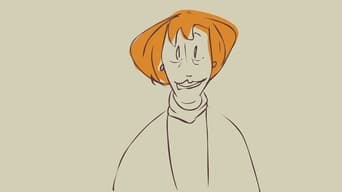
"When I looked in his eyes, he was there. He was home... I had a dad." - Carol Burnett Interview by Leonard Lopate August 19, 2003, WNYC Studios Original interview aired on the Leonard Lopate Show

"I've done some dastardly things, but what can I do except make amends and apologize?" - Stan Getz Interview by Joe Smith August 7, 1987, Los Angeles Tape recorder
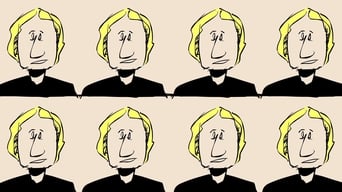
"My nervous energy is usually the easiest form of energy to tap into" - Heath Ledger Interview by Christine Spines Fall 2005, Cassette Tape Her profile ran in Entertainment Weekly

"I just hope and pray I can die with my boots on" - Johnny Cash, 1996 Interview by Barney Hoskyns

"It's all true, folks: all you need is love." - John Lennon, 1969 Interviews by Howard Smith
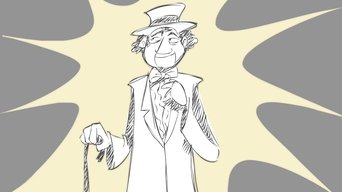
"On stage or in the movies I could do whatever I wanted to. I was free." - Gene Wilder, March 2007 Conversation with Ms. magazine founding editor Letty Cottin Pogrebin
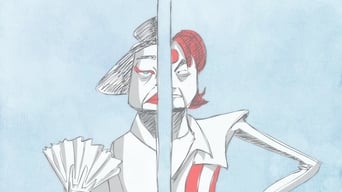
"I never really felt like a rock singer or a rock star. I always felt a little bit out of my element" - David Bowie Interview by Joe Smith

"Learning how to die is therefore learning how to live" - Philip Seymour Hoffman Conversation with Simon Critchley recorded live at the Rubin Museum of Art on Dec 22, 2012

"It's very humbling to imagine somebody else's really life and their pain ... It's my drug" - Meryl Streep Interview by Christine Spines, 2008

"When things get too heavy just call me helium--the lightest known gas to man." - Jimi Hendrix in his final interview

"My singing… i'll just say it simple as possible: it's just godly." - Michael Jackson in January 1980

"I think men have got to change an awful lot. They still prefer the little woman." - Bette Davis in 1963

"Anyone that dares begrudge what I have today, just better get off their duff and do something about it" - Liberace in 1968 as told to Jay Kent Hackleman
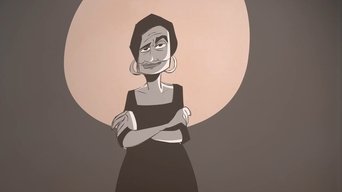
"The only way you can be a mark is if you want something for nothing. If you're greedy, you're set up." - Maya Angelou, as told to Studs Terkel in 1970

"I'm pouring my guts out so they can feel like your guts at the same time." - Wayne Coyne of The Flaming Lips in 2002
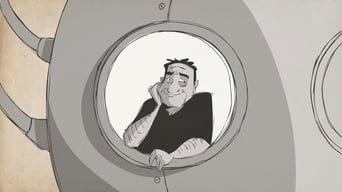
"Comedy is there to basically show us we fart, we laugh. To make us realize we still are part animal.... So you don't take yourself seriously and destroy the species." - Robin Williams in 1991, as told to Lawrence Grobel

"If I knew how it was going to end, I probably wouldn't write it." - Tom Robbins in 1994, as told to Tod Mesirow

"A lot of people are kind of depressed. I'm happy some of the time, and some of the time I'm not." - Elliott Smith in 1998, as told to Barney Hoskyns
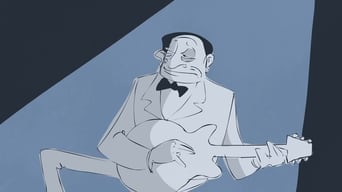
"I don't like to feel that I owe anything. I like to feel that I pay my own way, no free lunch." - B.B. King on September 5, 1986, as told to Joe Smith
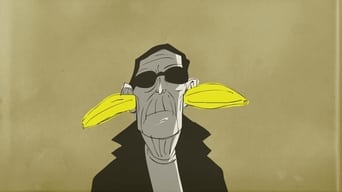
"I write a song called 'Heroin', you would have thought that I murdered the Pope or something" - Lou Reed on March 20, 1987, as told to Joe Smith
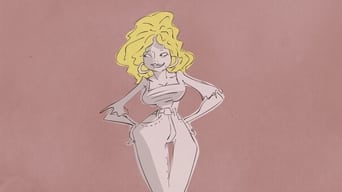
"Mama just always said, 'you be what you are and you don't have to worry about nothing'" - Dolly Parton as told to Lawrence Grobel on March 13, 1978

"Nobody else is going to give a damn what you're doing, so you need a few other people like yourself" - Ray Bradbury as told to two college kids on road trip in 1972

"I want to be the force which is truly for good." - John Coltrane in 1966, as told Frank Kofsky

"I didn’t like the sound of people gasping at the mere mention of my name. It horrified me." - Joni Mitchell in 1986, as told to Joe Smith
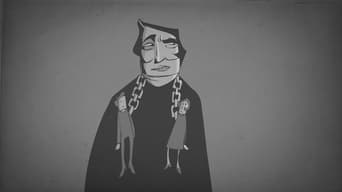
" I have no faith at all. I only hold convictions." - Ayn Rand on February 25, 1959, as told to Mike Wallace
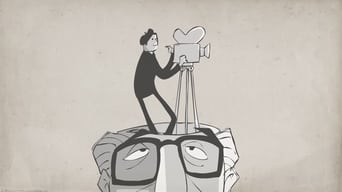
"I have innate confidence that I am right. Partially out of conviction and partially as a pose." - Roger Ebert in 1990
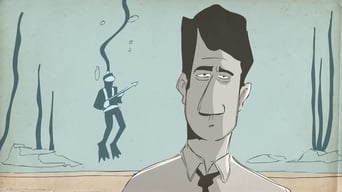
"I did as much as I could do at that time in my life ... I tried as hard as I could and I couldn't do better" - Dustin Hoffman in 1971
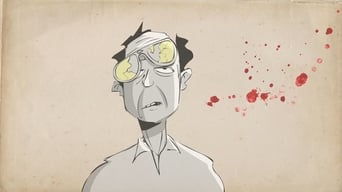
“I keep my mouth shut now. I’ve turned into a professional coward.” - Hunter S. Thompson in 1967

"I don’t know what the ‘big time’ is" - Tom Waits in 1988. Tom Waits had just released the concert film, Big Time, when he was interviewed by Chris Roberts in September 1988. The interview was recorded on cassette tape at a recording studio; you can hear various tunes playing in the background. We found the interview in the Rock’s Backpages archive.

"I'm sorry, I‘m a coward. I didn’t want to die." - Patty Hearst in 1982 in the first interview she gave after getting out of prison

"I‘m just an obnoxious guy who can make it appear charming, that’s what they pay me to do" - Bill Murray in October 1988

"Nothing means anything" - Kurt Vonnegut on November 8, 1970
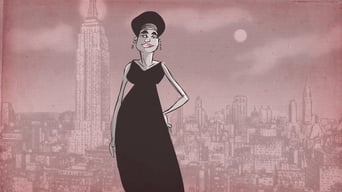
"I feel more alive now than I ever have in my life. I have a chance to live, as I've dreamed." - Nina Simone in July, 1968

"The key was somehow to know what was important and what was not important, what was exciting, because I can’t learn everything." - Richard Feynman in 1966 Richard Feynman sat down for several hours of interviews in Altadena, California in June 1966. The conversations covered his life, thoughts on physics, and more. We uncovered this oral history at the American Institute of Physics.
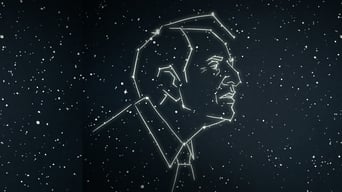
"A literal reading of the Bible simply is a mistake; I mean it’s just wrong" - Carl Sagan on October 4, 1985, as told to Studs Terkel. We found this conversation between Studs Terkel and Carl Sagan in the WFMT Studs Terkel Radio Archive. Following “Contact,” the book he wrote with wife Ann Druyan - and the major motion picture that followed it -- Carl Sagan spoke with Studs all about our continuing search for intelligent life out there, including how, for a long time, Hollywood just got it wrong. Here’s the tape.
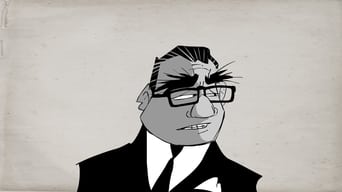
"Sometimes when it all comes together ... you become the film you’re making." - Martin Scorsese in 1990, as told to T.J. English. In this new episode we have a previously unheard conversation with legendary director, Martin Scorsese, on how he's framed his movies and his life. The early foray into making a movie as a kid, toying with becoming a priest, and where his parents fit into all this. And wouldn't you like to see a Scorsese Western? Enjoy!

“I'm never going to become rich and famous” - Bob Dylan in 1962. This interview originally aired on WBAI FM in New York City in February of 1962. Dylan was 20 at the time and it was his first appearance on the Folksingers Choice radio show. This recording was uncovered from the Pacifica Radio Archives. After the animated section of this episode is an excerpt of Dylan talking about his songwriting process from another of Pacifica’s interviews, which was also recorded in 1962.
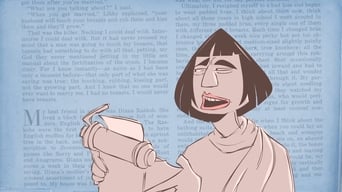
"It’s okay being a woman now. I like it. Try it some time.” - Nora Ephron. This interview by Studs Terkel with Nora Ephron was recorded on July 28, 1975 and comes from the remarkable WFMT Studs Terkel Radio Archive.

"If you want to preserve your power indefinitely, you have to get the consent of the ruled" - Aldous Huxley. In this remarkable interview, Huxley foretells a future when telegenic presidential hopefuls use television to rise to power, technology takes over, drugs grab hold, and frightful dictatorships rule us all. The interview originally aired on Wallace’s television show, The Mike Wallace Interview, on May 18, 1958. Aldous Huxley, the author of Brave New World, was 63 when he sat down for this interview. He died in 1963.
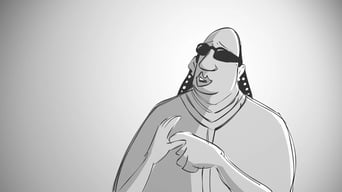
"If God didn't want me to sing it, he wouldn't have given me the talent to do it“ - Stevie Wonder in 2005. Barney Hoskyns recorded this interview with Stevie Wonder on March 26, 2005.

“How did I get over being poor? I got a job as a sports announcer and it led to everything else.“ - Ronald Reagan. Interview by Bill Moyers recorded on April 30, 1979 - six months before Reagan announced his run for president and nearly two years before he was sworn into office as the 40th President of the United States. This interview comes to us from WNET and Bill Moyers Journal.

“Although I have prayed a good bit, and do, I've never asked God to let me be President.“ This conversation was recorded on May 6, 1976, six months before Jimmy Carter was elected President and comes to us from WNET and Bill Moyers Journal.

“I don’t feel any compulsion just to stand under the spotlight night after night unless I have something to say“ This interview by Kathleen Kendel was recorded on December 4, 1974 when Leonard Cohen appeared on WBAI FM in New York City. We uncovered this interview in the Pacifica Radio Archives.
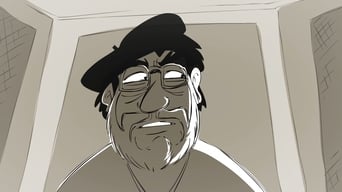
”Death is on the back of everyone’s minds whether they want to admit it or not.” This interview was recorded on July 28, 1996 when Francis Ford Coppola was promoting the film, Jack, starring Robin Williams.

“We think in a different way as children. We tend to think around corners instead of in straight lines.“ Conversation recorded on October 22, 1989 and originally aired on the Public Radio Book Show. It comes to us courtesy of WAMC Northeast Public Radio and the New York State Writers Institute.
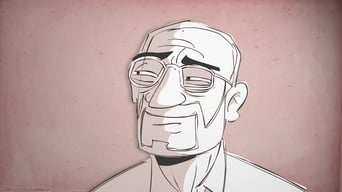
”I’m very interested in how people adapt to extremes” This interview was recorded on July 28, 1996 for the Cover-to-Cover radio show on WGBH-FM in Boston.
Vintage interview tapes. New animations. The mission is simple: curate and transform journalists' unheard interviews with American icons. The future of journalism is remixing the past.
Watch Trailer
Free Trial Channels


